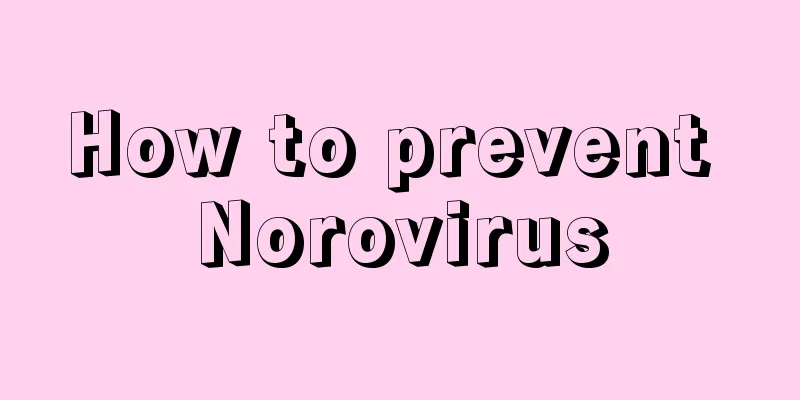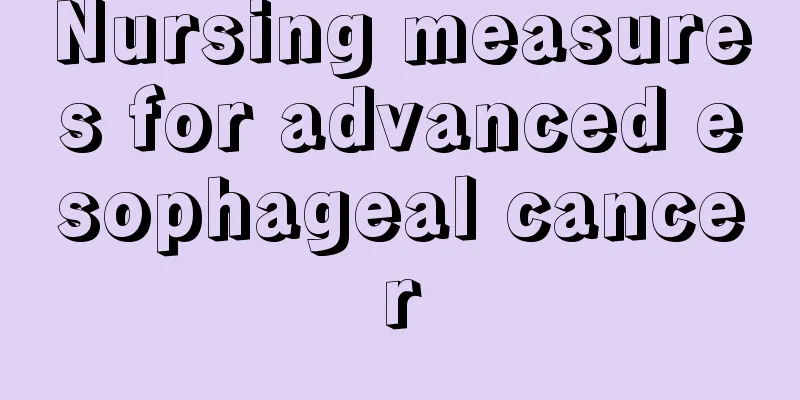How to prevent Norovirus

|
Viruses are microorganisms that are harmful to people's health. Most viruses are highly infectious. Therefore, viral diseases suffered by people are generally caused by infections. There are many types of infectious viruses, especially in spring and summer, when a large number of viruses multiply at their peak, and people need to strengthen their protection. For example, Norovirus is a very harmful virus. Let’s take a look at how to prevent Norovirus. Norovirus, also known as Norwalk virus, is a virus of the genus Norovirus in the family Caliciviridae. It is a group of virus particles with similar morphology and slightly different antigenicity. 1. Hand hygiene Maintaining good hand hygiene is the most important and effective measure to prevent norovirus infection and control its spread. Wash hands correctly according to the six-step hand washing method in the Technical Specifications for Disinfection (2002 Edition)[60], using soap and running water for at least 20 seconds. It should be noted that disinfectant wipes and no-rinse hand sanitizer cannot replace the standard hand washing procedure. Each collective unit or institution should be equipped with a sufficient number of hand washing facilities (soap, faucets, etc.) and require relevant personnel to wash their hands frequently. In addition, be careful not to touch ready-to-eat food directly with your bare hands. 2. Environmental disinfection The general principles of environmental disinfection are as follows: Schools, childcare institutions, nursing homes and other collective units and medical institutions should establish a daily environmental cleaning and disinfection system. Chemical disinfectants are one of the main methods to prevent the spread of norovirus through contaminated environments or surfaces. The most commonly used ones are chlorine-containing disinfectants, which should be prepared according to the product instructions. 3. Food safety management Strengthen the health management of food practitioners. Patients with acute gastroenteritis or latent infections must report to the food safety management personnel of the unit and should be temporarily transferred from their posts and isolated. Canteen tableware, facilities and equipment, and production and processing sites should be thoroughly cleaned and disinfected. High-risk foods (such as shellfish) should be deeply processed to ensure they are thoroughly cooked. Cross-contamination should be avoided in all aspects of meal preparation. 4. Water safety management Suspend the use of contaminated water sources or secondary water supply facilities, and disinfect them by appropriately increasing the amount of chlorine added; suspend the use of contaminated bottled water and drinking water, and immediately disinfect the bottled water machines and drinking water machines; relevant drinking water may be used only after passing the hygienic evaluation. |
<<: What to do if there are termites? Methods for preventing and controlling termites
>>: Seven key points to easily say goodbye to eye contact phobia
Recommend
Honeycomb cures rhinitis
Honeycomb, also known as beehive, is a food that ...
Explore the clinical manifestations of pancreatic cancer
There are many factors in life that can easily le...
Dishes that nourish the stomach, home-cooked dishes and stir-fried dishes
Eating is also a kind of culture. Only if you eat...
Is autism a karmic disease?
Autism usually begins in infancy and early childh...
Pathological classification of nasopharyngeal carcinoma
Nasopharyngeal carcinoma is a malignant tumor wit...
Symptoms of dichlorvos skin poisoning
Dichlorvos is a commonly used anthelmintic in our...
Will there be bleeding when a fertilized egg implants?
The implantation of the fertilized egg requires m...
What are the precautions for vitiligo
The symptoms of vitiligo are quite obvious and ca...
What to do if my neck hurts after burning the pillow
In daily life, people often find themselves with ...
Can relapse of lymphoma be cured?
Lymphoma is also called lymphoma. Lymphoma is hig...
Needle-pricking feeling in the belly during early pregnancy
Everyone's physical condition is different, s...
Are there any benefits to washing your face with salt?
What are the benefits of washing your face with s...
Gamma Knife Therapy, a recommended method for treating brain cancer
Gamma Knife is a popular treatment method for bra...
Briefly describe the typical symptoms of lymphoma patients
At present, the emergence of lymphoma has brought...
How to remove the dark spots on ankles
Darkening of the ankles is quite common in our da...









